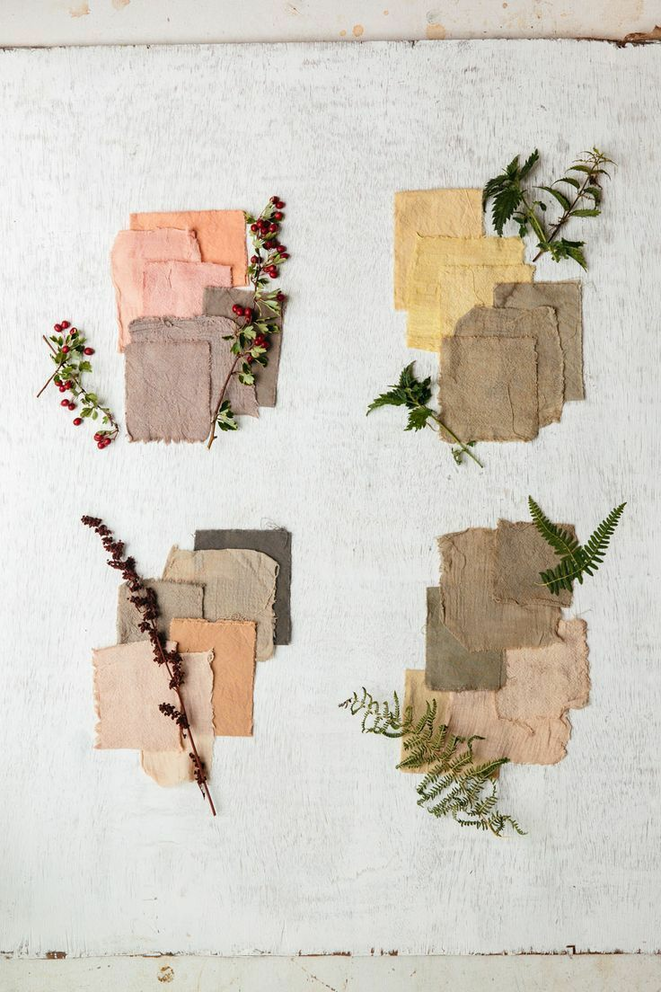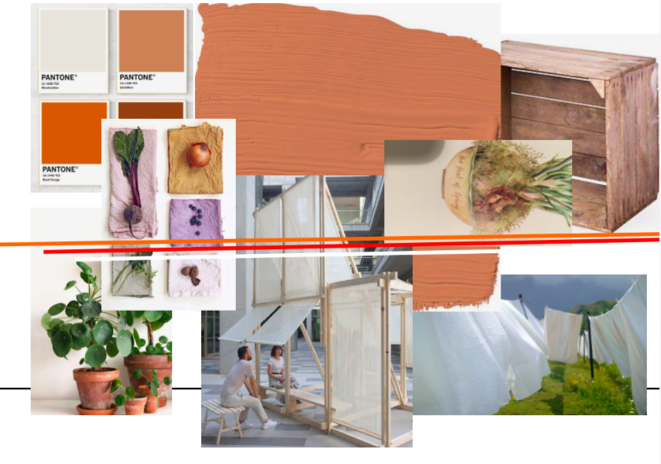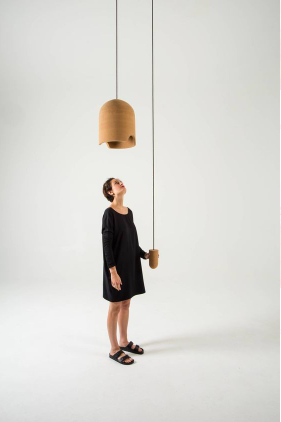The mood board, is a method for designers to zero in on their atmosphere in order to put word to it or share it visually if words are not found. The purpose of this collection of images and texts is for it to be shared - be it with collaborators, prospective clients, or commissioners.
This exact scenario happened to me on Thursday March 25th as I sat with my fellow designers stumbling over the words we would use in our upcoming project pitch.
Sam: How do you describe the atmosphere of a child checking under a rock, and then immediately ditching it for something else?
Malou: Almost nostalgia . . . but no
Cecilia and Sam: No because we are not commenting on media or the past
Cecilia: It’s the same as when Pippi sticks her hand in the soda tree, or Scout gets gifts in the knothole
Malou As intuitive as a cup and string phone.
Sam: Sticking your head into chicken coop.
Malou: It’s a children’s museum for adults, but we can’t let them know that.
Cecilia: Right, how do we get a group of Academic Artists to use their childlike intuition whilst still critically thinking.
Sam: And how do we “sell” our soft colour pallet to a usually cutting edge, bright, and confrontational festival?
Intuitively and without judgement we pulled together a mood board - are.na, Pinterest, google, past works, colours.
Nothing was off limits.
There we had it. A visual representation of our feeling.
Fast mood boards are an incredibly effective form collecting materials, sources, and samples, that give a tinge of emotion.
Intuitively collect materials to have a library of choices when sharing or pitching an idea.
It is also a way to try to understand the balance between subjective intuition and tangible materials. An example of this practice can be found in OASE Issue 91 “Building Atmospheres”
“Since the questions we want to raise in this issue, such as how atmosphere is present in and through architecture, and how architects can construct atmospheres, cannot be answered in a mere rational sense, we have felt that the best way to prepare for the conversations is to investigate our own intuitive associations with atmosphere by collecting photographs and words from our own memory and experience. We started to collect, roam around, and read. We gradually sketched around the topic, in words and images, and only slowly did things fall into place. Old places visited, the reflection of water, a tree, stacked stones and a lady in a flower dress. The memory of movement in sand, chairs in a dark place, a curtain. A concrete house designed by Belgian architect Juliaan Lampens, hidden between trees; the tree-filtered light in the interior landscape. What intuition revealed to us, through these images, was an emphasis on material, texture and tactility, as well as on light, shadow and aging, or to put it differently, the images showed ‘experiences’, evoking sensory perceptions, and stirring the mind”(Havik, Teerds and Tielens, 5).
How to descale the memory of the movement of sand? Pulling visuals and material from of a variety of sources distills a memory into something describable because the collaging of these sources describes one idea in a multitude of matching ways. A specific example of this same technique (although through a different format) happened during my undergraduate as a dancer.
I was in duet from the repertory of Rita Honka, with a woman named Heather. It became clear to Rita that we had very different ways of translating movement into our bodies. I, with a classical background, performed a large back bend movement with ease in Rita’s desired emotive effect. Heather, on the other had needed the prompt, “heart chakra to sky before performing it at desired.” This dichotomy happened over and over again. Of course, this is a sign of a very experienced and student-focused/aware instructor but the method of translating is still the core of the creative process here.
To get a desired result different people need different descriptions.The same goes for contracting atmosphere, the collecting and collaging of materials finds a unified way of communicating with multiple people because ideas, memories, and experiences relate to our senses in a phenomenological way


